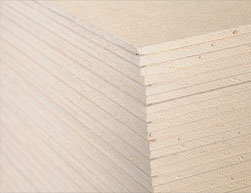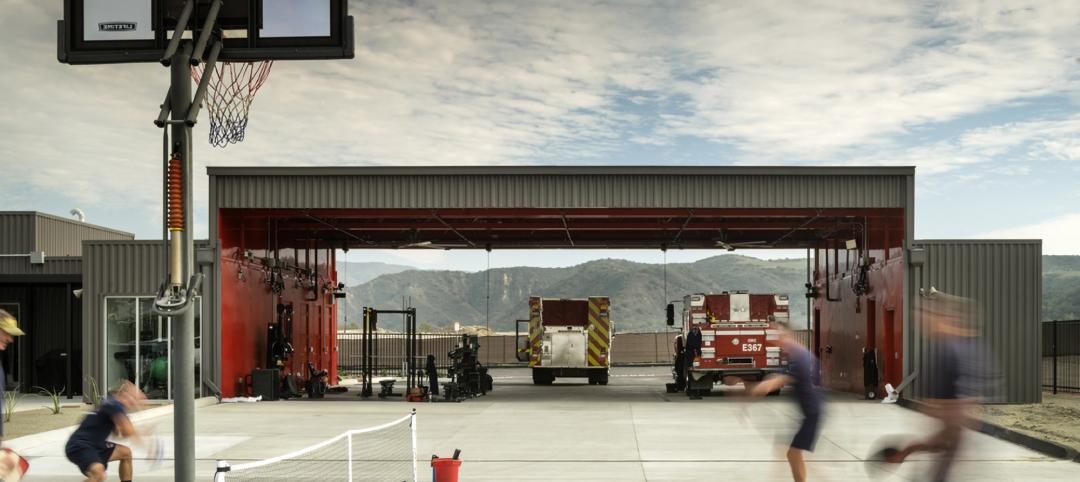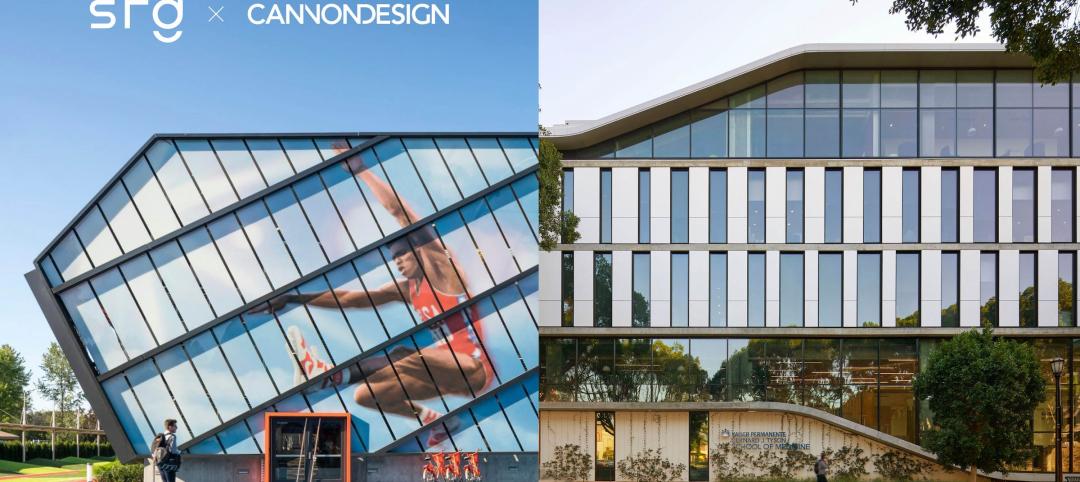2012 has ushered in a new era of building code changes, with the enhancements focused primarily on higher levels of energy efficiency. Their impact on the construction industry as a whole and the roofing industry are quite significant. Perhaps the most noteworthy are those prescribed in the 2012 International Energy Conservation Code (IECC), which calls for buildings to achieve a 30% increase in energy efficiencies over the 2006 IECC. This sixth edition of the code illustrates the growing importance of ensuring that all buildings are achieving high levels of energy efficiency in congruence with model building codes such as the IBC (International Building Code.)
According to the International Code Council (ICC), this comprehensive set of changes includes measures to improve the building envelope, HVAC systems and electrical systems of residential buildings up to three stories in height. Commercial building enhancements include required energy efficiency for windows, doors, skylights and the building envelope; and increased efficiencies for installed HVAC equipment, among others.
The new International Green Construction Code (IgCC), is an overlay code set to be published in the Spring of 2012. The IgCC is the first green building code developed in the ICC code development process. The IgCC is designed to reduce the negative impacts of the built environment on the natural environment. It was created by a broad-based committee with experts in such areas as government, business, academia, code development/enforcement, engineering and environmental advocacy.
The IgCC will go beyond traditional life/safety model codes and simulate some voluntary program requirements for commercial buildings to provide both safe and sustainable buildings. Thus, it will be used to incorporate sustainable practices within existing building codes at the state and/or jurisdictional level.
Of interest to the roofing industry are a number of provisions in the energy code. The IECC calls for the increase of insulation for low-slope roofs with above-deck insulation. This is important as insulation plays an important role in reducing a building’s energy use. The code’s prescriptive R-value and U-value requirements for above deck insulation by climate zone are simple and straightforward. (R-value is the measure of thermal resistance used in the building; U-value is measure of the rate of non-solar heat loss or gain (flow) through a material or assembly.)
The 2012 IECC code language also details solar reflectance and thermal emittance requirements and options for low sloped roofs in southern climate zones in addition to the minimum thermal resistance (in both R-value and U-value) of the insulating material required in roof assemblies.
Also making news later this year is the anticipated release of LEED 2012, the next version of the LEED rating systems. The 2012 version is still in draft, but indications are it will favor a more holistic and life cycle approach for products installed in LEED certified buildings and assemblies; and will reward transparency for sustainable manufacturing, socially responsible raw materials sourcing, and use of products with low VOC (volatile organic compounds) emissions.
While a detailed review of LEED 2012, IECC and IgCC are beyond the scope of this article, these new or revised codes and programs reveal the shift towards increased energy efficiency and environmental awareness not seen in previous versions of code. These objectives reinforce the overall importance of high-performance roofing systems as part of the building envelope. Now more than ever, a well-insulated and well protected roof is critical in new or renovated commercial buildings.
Beyond the pragmatic need to maximize energy efficiencies, code and program language is defining a roof’s emerging new role. Commercial roofs have become multi-use platforms that house a myriad of renewable energy systems and environmental features, such as photovoltaic (PV) and vegetative roofs.
These emerging assemblies, while enhancing the environmental and energy performance of a building, have added considerably to the foot traffic of the modern commercial roof. By definition, the very function of a roof is to protect the building and its contents. When additional equipment, PV panels or vegetation are installed and need to be maintained, it means more frequent foot traffic overall. These types of roof assemblies will bear a more taxing load that could stress the roofing systems beyond their normal capabilities. Add to that the economic risk that leaks, cracks and other damages could impart, and the value and importance of sustainable, durable and high-performing roofs grows exponentially.
As the new and revised codes prescribe, roofing systems are more complex and require more protective measures to increase its durability. The right premium cover board will help maintain the strength, durability and energy performance of a roofing system, allowing it to perform better, last longer, protect the building owner’s investment and support the tenants’ daily needs. Cover boards just take on added importance, given the added costs and complexity of the systems they protect and the potential consequences of a failure.
While a number of roof cover board materials are available to contractors, fiberglass-mat gypsum roofing boards, such as DensDeck Roof Boards for example, have proven to be effective. For more than 25 years, DensDeck panels have been shown to withstand delamination, deterioration, warping, and job site damage better than paper-faced gypsum board or other conventional roofing products, such as wood fiberboard and perlite.
Whatever roofing system you choose, be certain to select a durable cover board to protect the insulation needed for energy code and building program roof assembly R-values. While the prescriptive R-values vary by climate zone, every code or program requires some level of continuous insulation above the deck. The greater the insulation, the more roof protection makes sense. BD+C
Related Stories
Architects | Feb 8, 2024
LPA President Dan Heinfeld announced retirement
LPA Design Studios announced the upcoming retirement of longtime president Dan Heinfeld, who led the firm’s growth from a small, commercial development-focused architecture studio into a nation-leading integrated design practice setting new standards for performance and design excellence.
Market Data | Feb 7, 2024
New download: BD+C's February 2024 Market Intelligence Report
Building Design+Construction's monthly Market Intelligence Report offers a snapshot of the health of the U.S. building construction industry, including the commercial, multifamily, institutional, and industrial building sectors. This report tracks the latest metrics related to construction spending, demand for design services, contractor backlogs, and material price trends.
Giants 400 | Feb 6, 2024
Top 80 Religious Facility Architecture Firms for 2023
Parkhill, FGM Architects, GFF, Gensler, and HOK top BD+C's ranking of the nation's largest religious facility architecture and architecture engineering (AE) firms for 2023, as reported in the 2023 Giants 400 Report.
Modular Building | Feb 6, 2024
Modular fire station allows for possible future reconfigurations
A fire station in Southern California leveraged prefab, modular construction for faster completion and future reconfiguration.
Giants 400 | Feb 5, 2024
Top 30 Entertainment Center, Cineplex, and Theme Park Architecture Firms for 2023
Gensler, JLL, Nelson Worldwide, AO, and Stantec top BD+C's ranking of the nation's largest entertainment center, cineplex, and theme park architecture and architecture engineering (AE) firms for 2023, as reported in the 2023 Giants 400 Report.
Urban Planning | Feb 5, 2024
Lessons learned from 70 years of building cities
As Sasaki looks back on 70 years of practice, we’re also looking to the future of cities. While we can’t predict what will be, we do know the needs of cities are as diverse as their scale, climate, economy, governance, and culture.
Giants 400 | Feb 5, 2024
Top 90 Shopping Mall, Big Box Store, and Strip Center Architecture Firms for 2023
Gensler, Arcadis North America, Core States Group, WD Partners, and MBH Architects top BD+C's ranking of the nation's largest shopping mall, big box store, and strip center architecture and architecture engineering (AE) firms for 2023, as reported in the 2023 Giants 400 Report.
Laboratories | Feb 5, 2024
DOE selects design-build team for laboratory focused on clean energy innovation
JE Dunn Construction and SmithGroup will construct the 127,000-sf Energy Materials and Processing at Scale (EMAPS) clean energy laboratory in Colorado to create a direct path from lab-scale innovations to pilot-scale production.
Architects | Feb 2, 2024
SRG Partnership joins CannonDesign to form 1,300-person design giant across 18 offices
SRG Partnership, a dynamic architecture, interiors and planning firm with studios in Portland, Oregon, and Seattle, Washington, has joined CannonDesign. This merger represents not only a fusion of businesses but a powerhouse union of two firms committed to making a profound difference through design.
Giants 400 | Feb 1, 2024
Top 90 Restaurant Architecture Firms for 2023
Chipman Design Architecture, WD Partners, Greenberg Farrow, GPD Group, and Core States Group top BD+C's ranking of the nation's largest restaurant architecture and architecture engineering (AE) firms for 2023, as reported in the 2023 Giants 400 Report.

















